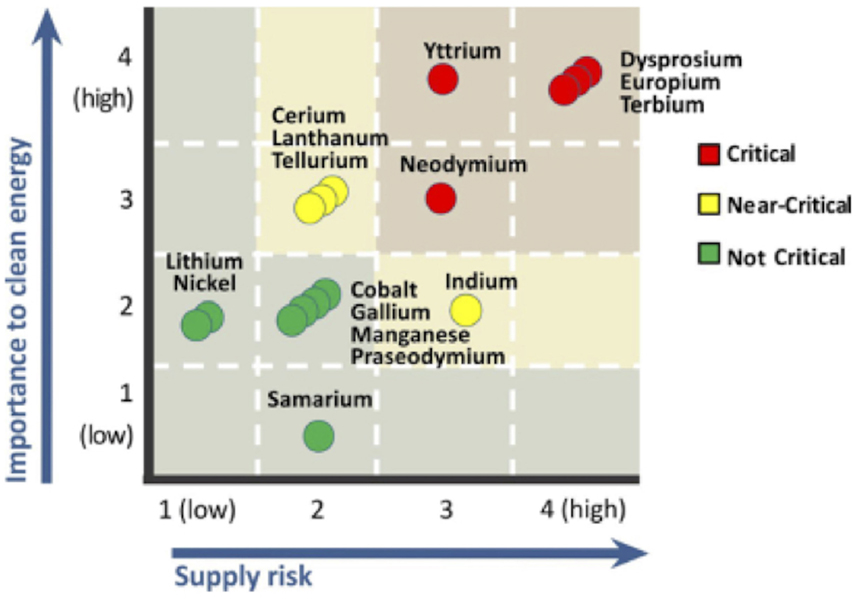Difference between revisions of "Template:Article of the week"
Shawndouglas (talk | contribs) (Updated article of the week text.) |
Shawndouglas (talk | contribs) (Updated article of the week text.) |
||
| Line 1: | Line 1: | ||
<div style="float: left; margin: 0.5em 0.9em 0.4em 0em;">[[File: | <div style="float: left; margin: 0.5em 0.9em 0.4em 0em;">[[File:Fig1 Kalathil FrontInResMetAnal2018 2.jpg|240px]]</div> | ||
'''"[[Journal: | '''"[[Journal:Application of text analytics to extract and analyze material–application pairs from a large scientific corpus|Application of text analytics to extract and analyze material–application pairs from a large scientific corpus]]"''' | ||
When assessing the importance of materials (or other components) to a given set of applications, machine analysis of a very large corpus of scientific abstracts can provide an analyst a base of insights to develop further. The use of text analytics reduces the time required to conduct an evaluation, while allowing analysts to experiment with a multitude of different hypotheses. Because the scope and quantity of [[metadata]] analyzed can, and should, be large, any divergence from what a human analyst determines and what the text analysis shows provides a prompt for the human analyst to reassess any preliminary findings. In this work, we have successfully extracted material–application pairs and ranked them on their importance. This method provides a novel way to map scientific advances in a particular material to the application for which it is used. ('''[[Journal:Application of text analytics to extract and analyze material–application pairs from a large scientific corpus|Full article...]]''')<br /> | |||
<br /> | <br /> | ||
''Recently featured'': | ''Recently featured'': | ||
: ▪ [[Journal:Information management in context of scientific disciplines|Information management in context of scientific disciplines]] | |||
: ▪ [[Journal:A systematic framework for data management and integration in a continuous pharmaceutical manufacturing processing line|A systematic framework for data management and integration in a continuous pharmaceutical manufacturing processing line]] | : ▪ [[Journal:A systematic framework for data management and integration in a continuous pharmaceutical manufacturing processing line|A systematic framework for data management and integration in a continuous pharmaceutical manufacturing processing line]] | ||
: ▪ [[Journal:Unmet needs for analyzing biological big data: A survey of 704 NSF principal investigators|Unmet needs for analyzing biological big data: A survey of 704 NSF principal investigators]] | : ▪ [[Journal:Unmet needs for analyzing biological big data: A survey of 704 NSF principal investigators|Unmet needs for analyzing biological big data: A survey of 704 NSF principal investigators]] | ||
Revision as of 16:22, 16 July 2018
When assessing the importance of materials (or other components) to a given set of applications, machine analysis of a very large corpus of scientific abstracts can provide an analyst a base of insights to develop further. The use of text analytics reduces the time required to conduct an evaluation, while allowing analysts to experiment with a multitude of different hypotheses. Because the scope and quantity of metadata analyzed can, and should, be large, any divergence from what a human analyst determines and what the text analysis shows provides a prompt for the human analyst to reassess any preliminary findings. In this work, we have successfully extracted material–application pairs and ranked them on their importance. This method provides a novel way to map scientific advances in a particular material to the application for which it is used. (Full article...)
Recently featured:










